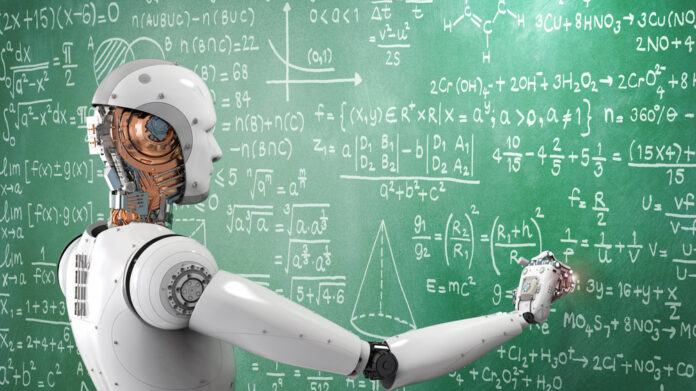The integration of social robots into educational environments represents a significant step forward in how educational content is delivered and how students engage with it. Social robots, designed to interact and communicate with humans through socially acceptable behaviors, are proving to be an invaluable tool in classrooms across the globe. This article explores the role of social robots in education, highlighting their benefits, challenges, and potential future impact.
Transforming Educational Experiences with Social Robots
Engaging Learning Assistants: Social robots serve as engaging educational assistants. These robots can deliver lessons, adapt teaching methods based on student responses, and even evaluate student performance. For example, robots programmed with educational software can teach languages, mathematics, and science in an interactive manner that captivates students’ attention more effectively than traditional methods.
Customized Educational Support: One of the standout features of social robots is their ability to personalize learning. By analyzing individual student responses, these robots can adjust their instructional pace and style to suit each student’s learning needs. This tailored approach helps to optimize learning outcomes and can be particularly beneficial for students with special educational needs.
Enhancing Social Interaction: In addition to teaching academics, social robots can play a crucial role in developing social skills. Robots like those used in therapeutic settings for children with autism spectrum disorders demonstrate significant benefits in teaching social interaction skills and emotional recognition.
Overcoming Challenges in Educational Robotics
While the benefits are numerous, the deployment of social robots in educational settings also faces several challenges:
Technical Limitations: Current models of social robots are limited by technology in terms of understanding complex human emotions and maintaining meaningful interactions over time. Continuous research and development are critical to enhance the sophistication of these interactions.
Privacy and Security: The integration of robots in education raises concerns regarding data privacy and security. Safeguarding the personal information of students collected by robots is paramount to ensure privacy and build trust in robotic technologies.
Cost and Accessibility: The high cost of advanced robotic systems can be a barrier to widespread adoption, particularly in underfunded schools or in developing countries. Addressing these financial challenges is essential to ensure equitable access to robotic educational tools.
The Future of Social Robots in Education
Looking ahead, the potential of social robots in education is vast. With advancements in AI and machine learning, these robots are expected to become even more interactive and capable of delivering highly personalized education. Moreover, as societal acceptance of robots continues to grow, their presence in educational settings is likely to expand, providing students with unique learning experiences that were once the stuff of science fiction.
Research-Backed Benefits: Numerous studies have already shown that students who interact with educational robots exhibit increased motivation to learn and improved engagement levels. As research continues to evolve, it’s expected that educational methodologies will increasingly incorporate robotic technologies.
Preparing for a Robotic Future: With the rise of automation and AI across various sectors, introducing students to robots at an early age could also serve as critical preparation for a future where human-robot interaction is commonplace. This early exposure can demystify technology and help cultivate the next generation of innovators and technologists.
Conclusion
Social robots in educational settings are not just enhancing the way educational content is delivered; they are also revolutionizing student interaction and engagement. As we navigate the challenges and explore the full capabilities of these robotic tools, the future of education looks promising—with a classroom experience that is more interactive, personalized, and equipped to prepare students for an increasingly digital world.





